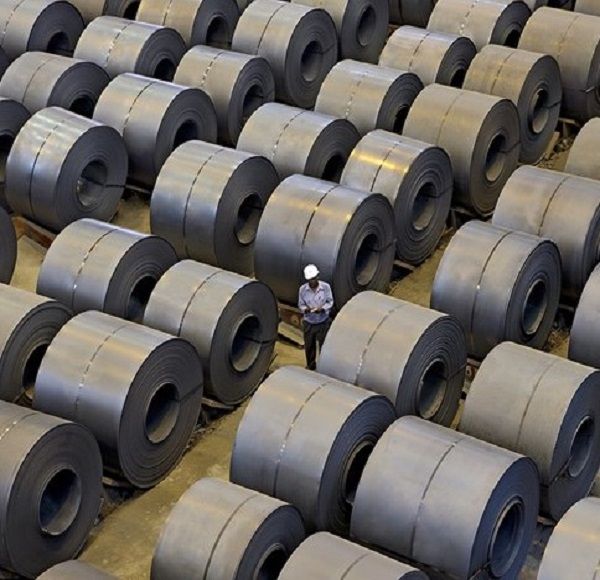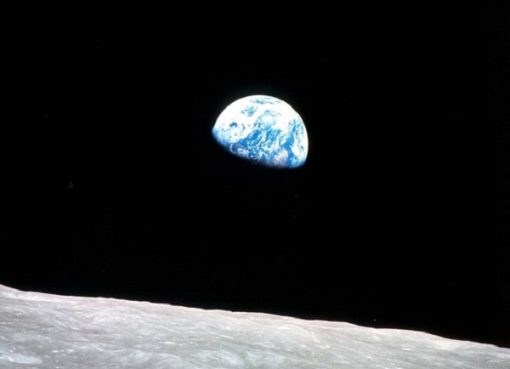India surpassed China as the top developer of coal-based steel production last year, but the sector is at risk of “stranded assets” as these facilities clash with net zero proposals, US think tank Global Energy Monitor (GEM) has said.
GEM’s Global Steel Plant Tracker warns that the sector risks as much as $554bn (£430bn) in stranded assets as countries build out coal-based capacity while simultaneously working towards their carbon neutrality commitments.
Steel already accounts for 7 per cent of annual global greenhouse gas emissions and demand is set to rise as the material is fundamental to building the energy transition, from wind turbines to electric vehicles, and to infrastructure growth in developing economies.
New iron- and steel-making technologies, centred around using low-carbon hydrogen to produce direct reduced iron, have been developed and offer a viable solution for decarbonising primary steel.
But according to a report in April, the global pipeline of near-zero-emissions steel projects must triple within the next three years if the sector is going to keep to net zero pledges.
For the first time ever, India surpassed China as the top developer of coal-based capacity – it holds 40 per cent of coal-based “blast furnace-basic oxygen furnace” capacity under development, while China is responsible for 39 per cent.
But while coal-based steelmaking has in recent years ceded part of its share to cleaner forms of production, the transition is moving far too slowly, the report warned.
According to the International Energy Agency’s Net-zero by 2050 scenario, the total share of ‘electric arc furnace’ capacity should reach 53 per cent by 2050. This means 347 million metric tonnes (Mt) of coal-based capacity would need to be retired or cancelled and 610 Mt of electric arc furnace capacity would need to be added to the current fleet.
Caitlin Swalec, GEM’s program director for heavy industry, said, “Steel producers and consumers need to raise ambition for decarbonisation plans. The transition away from coal-based steelmaking is underway but moving far too slowly. Developers that add coal-based capacity now run the risk of facing billions in write downs in the future.”
Source: E&T










